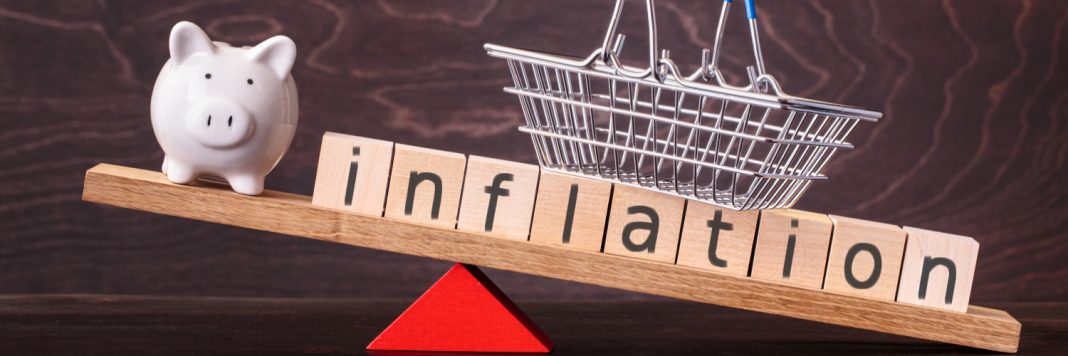 Strange times indeed. We are currently experiencing a surge of inflation that hasn’t been seen in 45 years, and it shows no signs of slowing down. Despite this undeniable reality, we have been told repeatedly that the situation is not as bad as it seems and that it will soon be resolved. These two conflicting narratives cannot both be true.
Strange times indeed. We are currently experiencing a surge of inflation that hasn’t been seen in 45 years, and it shows no signs of slowing down. Despite this undeniable reality, we have been told repeatedly that the situation is not as bad as it seems and that it will soon be resolved. These two conflicting narratives cannot both be true.
One indicator of the severity of inflation is the doubling of fast-food prices in just four years. This means that the value of our dollar has been cut in half or even reduced to 25 cents. Such a level of inflation is unprecedented and alarming.
This information aligns with our own experiences, not just with fast-food prices, but also with the cost of all food. Personally, I have noticed an increase of 50 to 100 percent in prices since late 2019. However, official government data tells a different story. According to the data, prices for food away from home have only increased by around 26 percent, and overall prices have risen by about 21 percent since January 2020. This stark discrepancy between lived experience and official statistics raises questions about the accuracy of the government’s inflation calculations.
So, what is wrong with government statistics on inflation? The issue lies in the calculation method used by the government, which no longer relies on a fixed basket of goods and services. Instead, economists introduced “hedonic” adjustments to account for changes in product quality and consumer satisfaction. While this adjustment might seem reasonable at first, it has given statisticians the power to manipulate figures to suit their needs. The term “hedonic” has essentially become synonymous with statistical manipulation. As a result, it has become nearly impossible for the average person to keep up with all the adjustments made by the Bureau of Labor Statistics.
This manipulation of inflation data has significant implications for various areas. Economists rely on real numbers rather than nominal statistics, especially during inflationary periods. For instance, retail sales figures need to be adjusted for inflation to accurately gauge economic growth. If we fail to account for inflation, we might conclude that retail sales have doubled when, in reality, the value of the dollar has halved.
Accurate inflation numbers are also crucial for adjusting tax tables and cost-of-living adjustments. Failing to capture inflation accurately ultimately benefits the government at the expense of the people. ShadowStats, a group that calculates inflation using methods from the 1980s, offers an alternative perspective. Their calculations often yield inflation numbers that are twice as high as the official data, which seems more accurate given our experiences.
However, even this alternative method does not address all the problems with official inflation data. The Consumer Price Index (CPI) does not include interest-rate costs, which means it excludes all debt servicing, including mortgage and credit card payments. Additionally, the CPI’s calculation for housing and rent using a formula called Owner Equivalent Rent is convoluted and does not accurately reflect actual costs. The CPI also fails to account for other rising expenses such as health insurance premiums and hidden fees. It is clear that relying solely on official statistics does not provide an accurate representation of the true inflationary pressures facing consumers.
All these discrepancies leave us feeling bitter and frustrated. We are witnessing a decline in the American standard of living, yet experts and officials continue to assure us that everything is fine and that the worst is behind us. This has been going on for four years, and it seems that Wall Street is complicit in perpetuating this narrative. Traders are even expecting the Federal Reserve to cut rates in the coming months, further fueling inflation.
It is disheartening to know that experts are lying to us while simultaneously being denied the truth. The disparity between what we experience and what we are told undermines our trust in official sources of information. In times like these, it is crucial to critically evaluate the data presented to us and rely on our own observations and experiences to make sense of the world around us.


